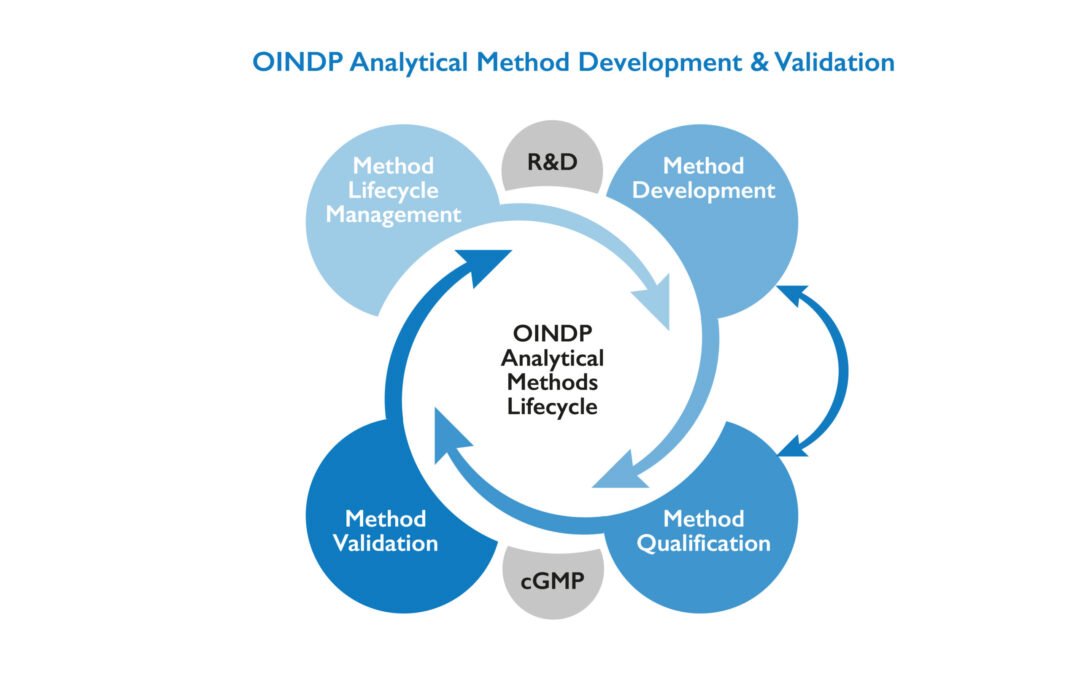Steps for Analytical Method Development

Here’s a clear breakdown of the Steps for Analytical Method Development in pharmaceuticals, following regulatory expectations like ICH Q2(R2):
Steps for Analytical Method Development
-
Define the Objective (Method Purpose)
-
Understand what needs to be measured (API, impurities, excipients, degradation products, etc.).
-
Define acceptance criteria, sensitivity, and required accuracy.
-
-
Gather Background Information
-
Review literature, pharmacopeias (USP, EP, JP), and prior data.
-
Understand API properties (solubility, pKa, stability, polarity, UV absorbance, etc.).
-
-
Select Analytical Technique
-
Choose an appropriate method (HPLC, GC, UV-Vis, FTIR, LC-MS, etc.) based on analyte characteristics.
-
-
Select Initial Method Conditions
-
For chromatography: choose stationary phase (column type), mobile phase composition, flow rate, temperature, and detection wavelength.
-
For spectroscopy: select appropriate wavelength, solvent, and path length.
-
-
Optimize Method Parameters
-
Adjust conditions for best separation, resolution, peak shape, and analysis time.
-
Optimize sample preparation and injection volume.
-
-
Evaluate System Suitability
-
Test parameters like retention time, theoretical plates, resolution, and tailing factor.
-
Ensure the system can consistently produce reliable results.
-
-
Validate the Method (ICH Q2(R2) Guidelines)
-
Perform validation for:
-
Specificity
-
Linearity
-
Accuracy
-
Precision (repeatability & intermediate precision)
-
Limit of Detection (LOD) & Limit of Quantitation (LOQ)
-
Robustness
-
Range
-
-
-
Document the Method
-
Prepare Standard Operating Procedure (SOP) including full method, system suitability, and acceptance criteria.
-
Archive development history and validation data.
-

